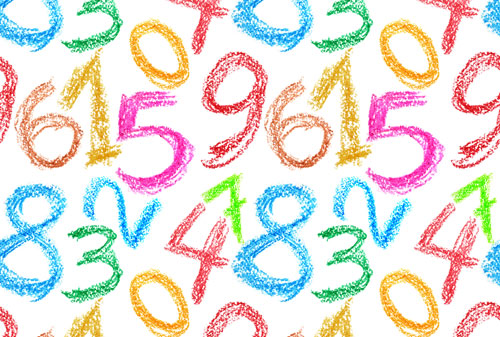Detailed Explanation
Korean numbers have two different pronunciations and usages:
- Sino-Korean (originally from Chinese and using Hanja)
- Pure Korean (always Hangul)
Sino-Korean numbers are used for:
- Prices
- Telephone numbers
- Bus/subway numbers
- Dates
- Height & weight
- Time in minutes & seconds
Sino-Korean numbers can be used basically as stand-alone numbers.
Pure Korean numbers are used primarily for:
- Counting units
This includes:
- Numerical counting (1st, 2nd, 3rd, etc)
- Counting things (5 people)
- Counting age (I'm 25)
- Counting time in hours (2 o'clock; 2 hours)
Pure Korean numbers typically include a unit noun to indicate the appropriate measure.
Table
[table id=34 /]
Notes:
- The base for counting large numbers is 10,000 (만). In English, it is 1,000. (This can make large numbers confusing.)
- When a large number starts with 1, you don't say the 1. Example: 1,110 = 천백십 not 일천백십.
- 영 is the word for "zero" but always use 공 in a telephone number. (Also, sometimes use 하나 in place of 일 because it sounds so close to 칠.)
- Anything with something in the tens place and a 6 is pronounced as 뉵 rather than 육. Example: 16 = 십뉵, 26 = 이십뉵, ... 96 = 구십뉵, but 106 = 백육. (Spelling isn't different, only pronunciation.)


